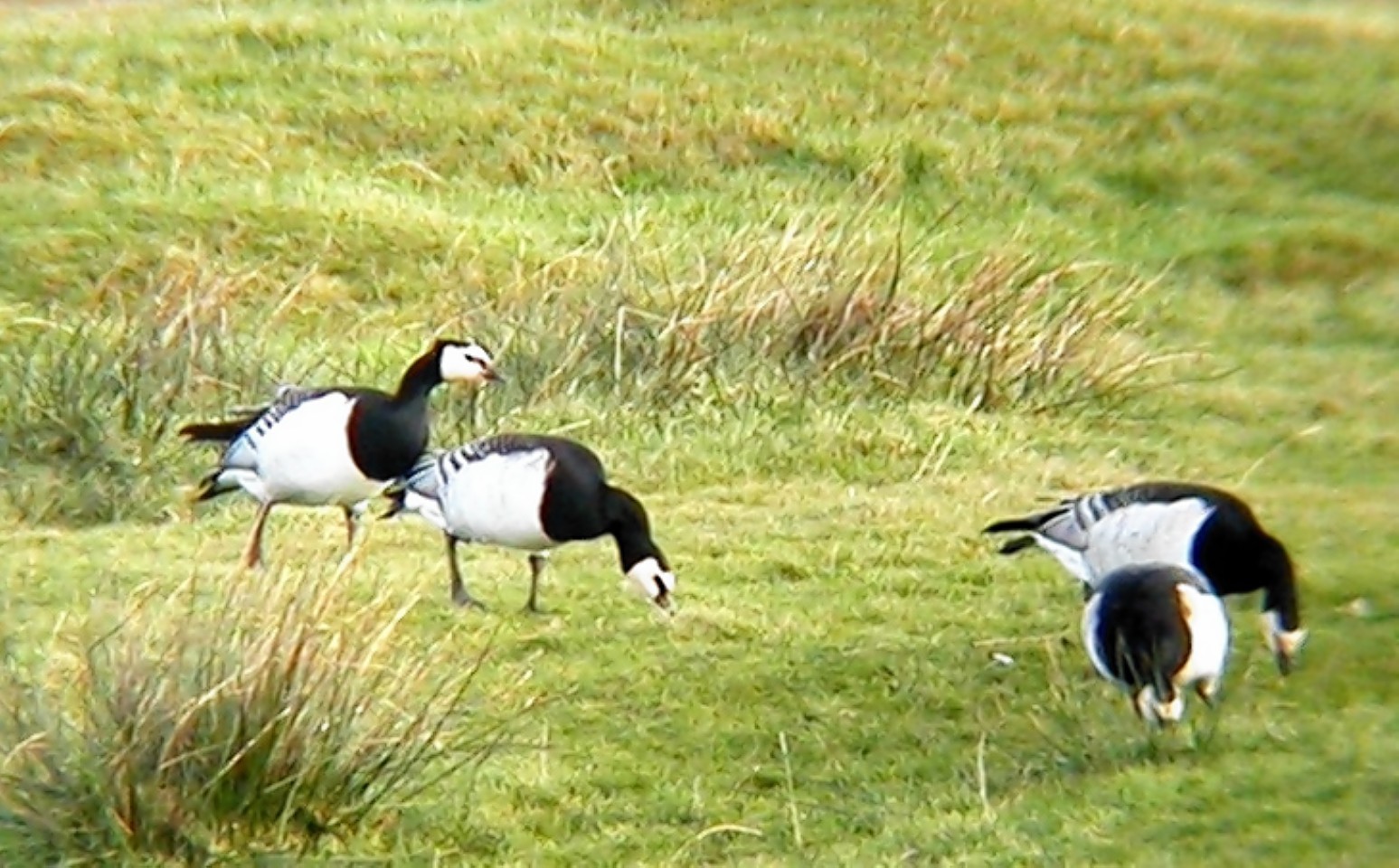Farmers and crofters on Islay are set to benefit from a 10-year plan to reduce goose numbers on the island.
Scottish Natural Heritage (SNH) has launched a strategy, which includes the culling of Greenland barnacle geese, in a bid to reduce crop damage caused by the birds by an estimated 25% to 35%.
According to SNH, the number of barnacle geese on the island has more than doubled since 1987 from 20,000 to more than 41,000.
Farmers and crofters have been in receipt of funding to compensate some of the losses caused by the birds, which are protected by European law, since 1992.
“Sustainability is the key to this pioneering plan,” said farmer and member of the Islay Sustainable Goose Management Group, Robert Epps.
“By adaptively managing the population of wintering geese, it should help sustain farmers’ businesses, the geese themselves and their habitat.”
The strategy also includes plans to reduce crop damage through scaring measures and diversionary feeding for Greenland white-fronted geese. SNH said the local goose management group would develop a scheme to deliver the plan, with any culling of the barnacle geese done in stages.
The environmental body said the aim of the plan was to maintain the barnacle goose population at a “sustainable level” and increase the number of Greenland white-fronted geese on the island.
SNH head of policy and advice, Eileen Stuart, said: “We belive this new, long-term strategy strikes the right balance between conservation, making sure Islay farmers can use their lands profitably, and responsible use of public money.”
The plan was criticised by RSPB Scotland who said the evidence base for the cull was “fundamentally inadequate”.
The charity’s director Stuart Housden said: “We fully acknowledge that grazing geese sometimes affect agricultural operations, but past experience on Islay has shown that, with barnacle goose numbers at their current stable level on the island, less destructive means of managing those impacts are available, and moreover will be, at least in the shorter term, cheaper for the taxpayer.
“The spectacle of the geese on Islay is itself an economic benefit to tourism operators on the island, and we fear this ‘cull’ will deter birdwatchers from visiting.”
